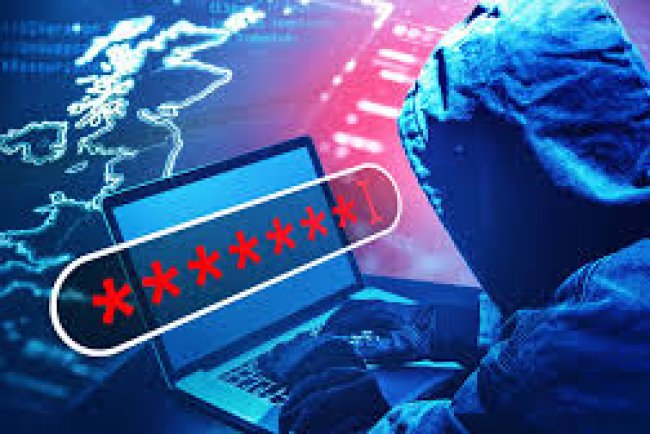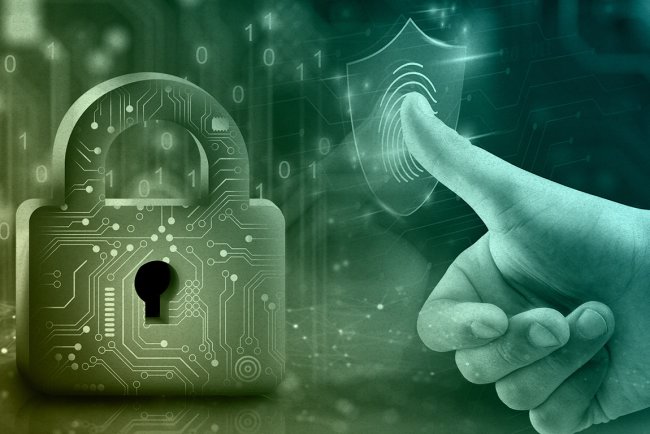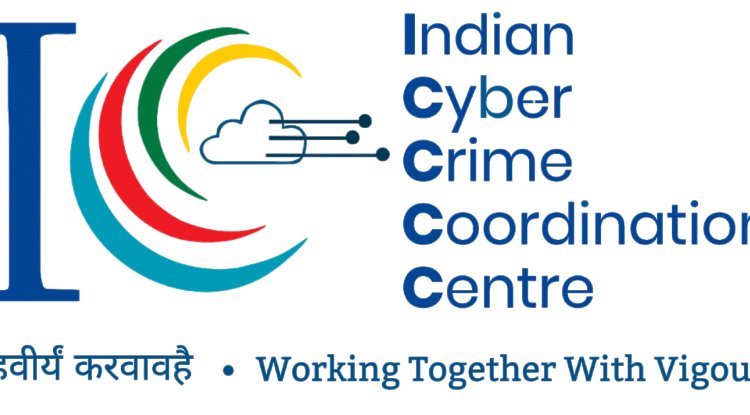Modern Crime Scene Management: Best Practices and Common Mistakes
Effective crime scene management is the backbone of any successful criminal investigation. A poorly managed scene can lead to loss of critical evidence, wrongful convictions, or case dismissals. As forensic science evolves, so do the techniques, technologies, and protocols involved in preserving and documenting a crime scene.
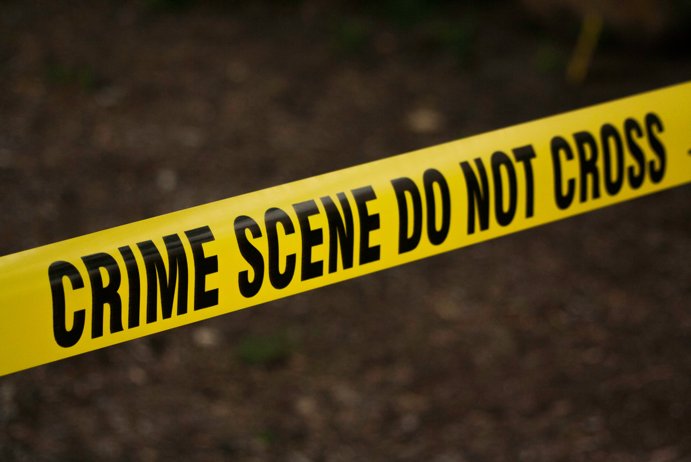
What Is Crime Scene Management?
Crime scene management refers to the systematic process of:
-
Securing, preserving, and documenting a crime scene
-
Identifying and collecting physical evidence
-
Ensuring legal admissibility of that evidence in court
It involves multiple professionals—first responders, forensic experts, photographers, and investigators—working in sync to protect the integrity of the scene.
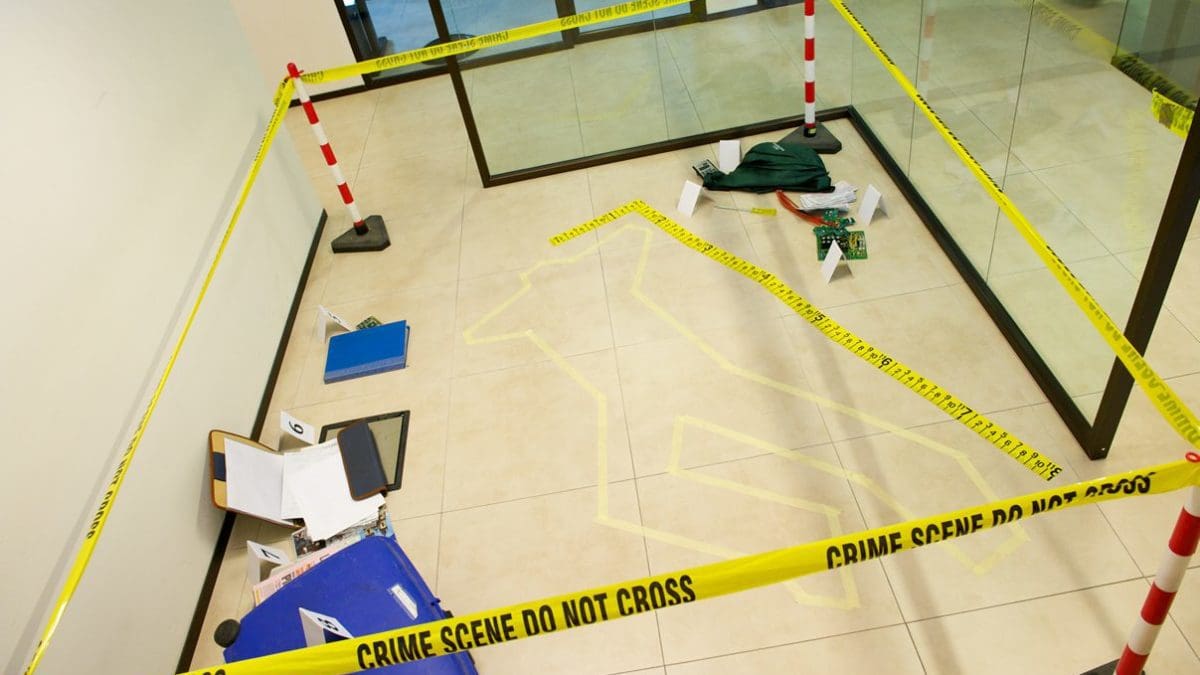
Best Practices in Modern Crime Scene Management
1. Secure and Isolate the Scene Immediately
-
First responders must establish a secure perimeter using barricade tape.
-
Prevent entry of unauthorized personnel, media, or onlookers.
-
Use a scene log to record everyone entering or exiting.
Why it matters: Every additional person risks contaminating or disturbing the evidence.
2. Thorough Documentation
-
Take high-resolution photos and videos before touching anything.
-
Use 360° crime scene mapping tools or drones for complex scenes.
-
Record date, time, location, lighting conditions, and orientation.
Why it matters: Visual records are crucial for courtroom presentation and scene reconstruction.
3. Systematic Evidence Collection
-
Use a grid or quadrant search pattern based on scene size.
-
Package each piece of evidence individually and labeled with chain-of-custody forms.
-
Collect trace evidence (hair, fibers, fluids), weapons, prints, and digital devices.
Modern tools used:
-
UV lights for detecting bloodstains
-
Electrostatic dust print lifters
-
Digital evidence recovery kits
-
Luminol for detecting cleaned blood
4. Preserve Biological Evidence
-
Use paper envelopes, not plastic, to store DNA samples to avoid degradation.
-
Maintain cold-chain (refrigeration) if needed.
-
Wear gloves and masks to prevent contamination.
5. Team Coordination and Role Assignment
-
Assign team leaders: one for security, one for evidence, and one for documentation.
-
Maintain open communication using radios or internal messaging systems.
-
Use standard crime scene checklists to avoid oversight.
6. Maintain Chain of Custody
-
Every piece of evidence must be tracked: who collected it, when, and where it was stored.
-
Use tamper-proof evidence bags and digital logs.
7. Crime Scene Reconstruction
-
After collection, use data and evidence to reconstruct events:
-
Entry and exit points
-
Victim and suspect positions
-
Sequence of events (shots fired, struggle, movement)
-

Common Mistakes to Avoid
1. Failure to Secure the Scene Early
-
Letting unauthorized people in can contaminate footprints, fingerprints, or fluids.
-
Even police or media can unintentionally destroy vital evidence.
2. Contaminating the Evidence
-
Touching items without gloves
-
Using the same tools for multiple samples
-
Not changing gloves between evidence handling
3. Selective Focus
-
Focusing only on obvious evidence like blood or weapons while ignoring trace evidence like hair, glass, soil, or digital devices.
4. Incomplete Documentation
-
Skipping photos or failing to document evidence placement
-
Inconsistent sketching or missing directional info (e.g., North arrow)
5. Improper Packaging or Storage
-
Storing wet biological samples in plastic → bacterial growth
-
Mixing different types of evidence in one bag
6. Ignoring Legal Protocols
-
Not obtaining warrants for certain searches
-
Failing to record the chain of custody → leads to inadmissibility in court
7. Neglecting Digital Evidence
-
Overlooking mobile phones, laptops, CCTV DVRs, or IoT devices
-
Not preserving metadata or timestamps, which can be overwritten
Recent Innovations in Crime Scene Management
-
3D laser scanning for accurate scene modeling
-
Body-worn cameras for live documentation
-
Crime Scene Investigation (CSI) kits with real-time drug or gunpowder residue detection
-
Drones to photograph hard-to-reach or large outdoor crime scenes
Follow cyberdeepakyadav.com on
Facebook, Twitter, LinkedIn, Instagram, and YouTube
What's Your Reaction?








